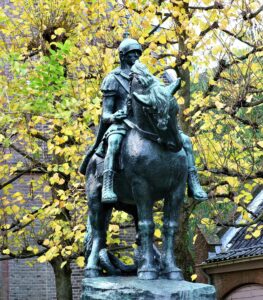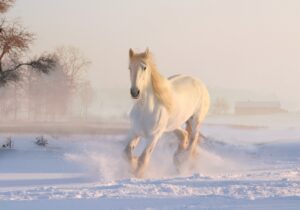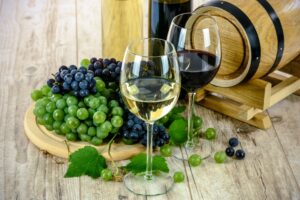
Nezasněží a nezasněží! V nížinách pod mrakem a inverze, na horách slunečno a 10 stupňů nad nulou. Nejspíš ani letos nám svatý Martin sníh nepřiveze. Proč si spojujeme právě Martina s prvním sněhem? A proč pečeme husu?
Svatý Martin – 11.listopadu
St. Martin’s Day, November 11 (Feast of St. Martin)
Sv. Martin – křesťanství a armáda – Stal se vojákem, ale svou víru ctil i v armádě, později vystoupil z armády a zasvětil svůj život Bohu.
St. Martin – Christianity and army – He was a soldier, but he stayed true to his faith even during his career in the army. He later left the army and devoted his life to God.

Sv. Martin a bílý kůň – v období kolem svátku sv. Martina skutečně přicházel první sníh, lidé tak propojili příchod sněhu s bílým koněm a sv. Martinem
St. Martin and a white horse – it would often start to snow in the days around St. Martin’s Day, and people connected the first snow with St. Martin arriving on a white horse.

Sv. Martin a husa – jsou dvě vysvětlení:
- Husy rušily Martina při kázání, tak je nechal upéct.
- Sv. Martin se nějaký čas schovával mezi husami, protože byl skromný a nechtěl být jmenován biskupem
St. Martin and a goose – we have two explanations:
- Some geese disturbed Martin’s sermon and he had them roasted.
- St. Martin hid himself among geese, because he was humble and didn´t want to become a bishop.


V tento den nastává také ten správný čas na ochutnávku mladého vína.
Ve Francii mají BEAUJOLAIS, u nás máme SVATOMARTINSKÉ!!!
November 11 is the right time to first taste the young wine (from the recent harvest).
The French have BEAUJOLAIS (noveau), we (the Czechs) have SVATOMARTINSKÉ (St. Martin’s wine.)


